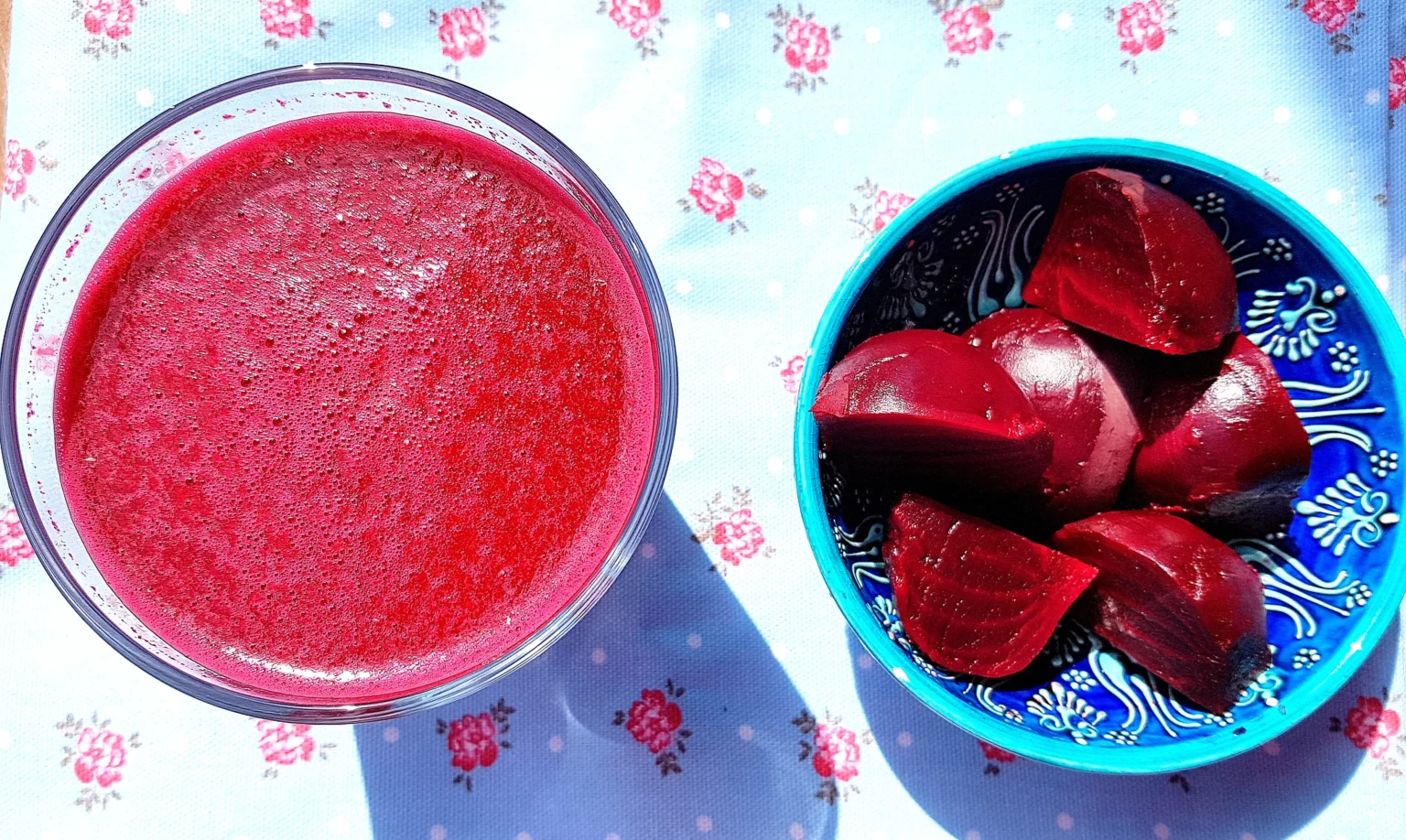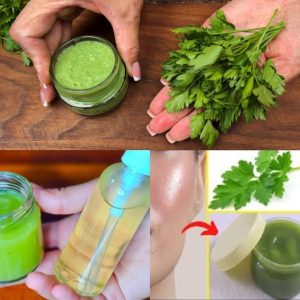
Introduction Beetroot juice is celebrated for its incredible health benefits, including improved blood flow, lower blood pressure, and increased exercise performance. But what if you don’t have a juicer at home? No worries! You can still enjoy homemade beetroot juice using a few simple tools from your kitchen. Let’s dive into a straightforward method to prepare this nutritious beverage without a juicer.
Preparing Your Ingredients First, gather the following ingredients:
2 large beetroots
1 large apple (optional, for added sweetness)
1-inch piece of ginger (optional, for a zesty kick)
Water or orange juice (for blending)
Lemon juice (to taste)
Equipment Needed
A sturdy blender
A fine mesh strainer or cheesecloth
A large bowl
A spoon
A knife and cutting board
Step-by-Step Guide to Making Beetroot Juice
1.Prep the Beets: Begin by washing the beetroots thoroughly under running water, using a brush to remove any dirt if necessary. Peel the beetroots and chop them into small chunks. This makes them easier to blend and extract juice from.
2.Prepare Additional Ingredients: If you’re using an apple, wash, core, and cut it into chunks. Peel and slice the ginger.
3.Blending Time: Place the chopped beetroots, apple, and ginger into your blender. Add just enough water or orange juice to cover the ingredients. This liquid will help in blending everything smoothly.
4.Blend Until Smooth: Secure the lid and blend on high until everything is completely pureed. The mixture should be smooth and thick.
5.Strain the Juice: Set a fine mesh strainer or a piece of cheesecloth over a large bowl. Pour the blended mixture through the strainer. Use a spoon to press the pulp and extract as much juice as possible. If you prefer a thinner consistency, you can add more water or orange juice.
6.Add Final Touches: Once all the juice is strained, you can enhance its flavor by adding a squeeze of lemon juice. Stir well to combine.
7.Serve: Pour the fresh beetroot juice into a glass and enjoy immediately. You can refrigerate the leftover juice for up to 24 hours.
Conclusion Making beetroot juice without a juicer is simple and cost-effective. This method not only allows you to enjoy the fresh, vibrant taste of beetroots but also ensures you receive a host of nutritional benefits. Whether you drink it as a morning booster or a midday refreshment, homemade beetroot juice is a delightful addition to your healthy lifestyle. Cheers to your health!





